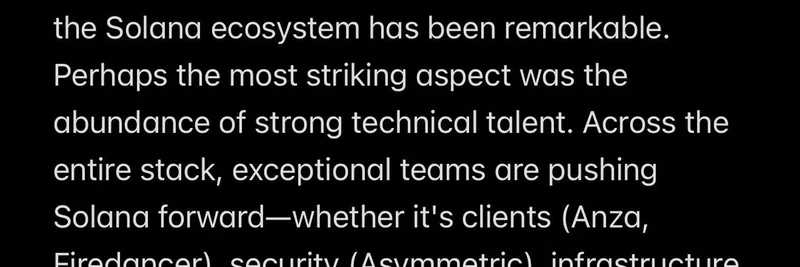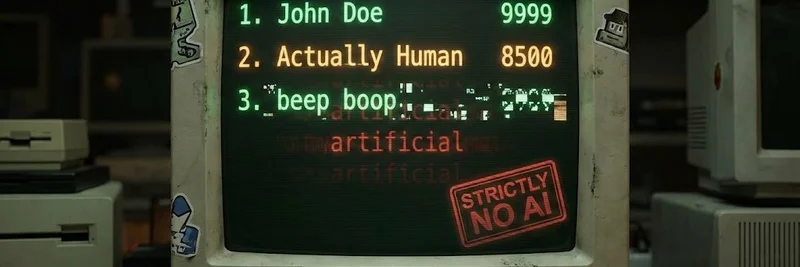Hey there, crypto enthusiasts! If you’ve been keeping an eye on the blockchain world, you might have noticed some exciting moves from the Celestia Foundation. Recently, a tweet from Dean Eigenmann caught the attention of many, shedding light on a strategic pivot that could shape the future of this modular blockchain network. Let’s dive into what’s happening and why it matters.
What’s the Big Deal with Polychain’s Divestment?
The Celestia Foundation has made headlines by purchasing 43,451,616.09 TIA tokens from Polychain Capital for a hefty $62.5 million. This move marks Polychain’s complete exit from its TIA holdings, a significant shift for one of Celestia’s early backers. But here’s the kicker: the Foundation isn’t just sitting on these tokens. They’re redistributing them to new investors with a fresh vesting schedule, starting August 16 and wrapping up by November 14, 2025.
For those new to the crypto game, "vesting" means the tokens are locked up for a set period, released gradually to avoid flooding the market and crashing prices. This strategy helps stabilize the token’s value and gives new investors a chance to get in on the action at a higher base cost—without the public markets taking a hit.
Why This Move is Super Bullish
Dean Eigenmann’s tweet calls this a “super bullish” move, and it’s easy to see why. Alongside the upcoming Lotus upgrade, the Foundation is working hard to clean up past economic missteps. Polychain had faced criticism for selling off liquid TIA staking rewards, which stirred some unrest in the community. By buying out Polychain’s stake and resetting the vesting schedule, Celestia is taking control of its tokenomics— the rules governing how tokens are distributed and managed.
This isn’t just about fixing old problems. It’s a long-game play. The new investors will pay a higher cost basis than Polychain did, but the tokens are still priced below current market rates. This creates a win-win: new blood gets in at a discount, and the market avoids a sudden dump of tokens. Pretty smart, right?
The Role of the Lotus Upgrade
The timing of this divestment aligns perfectly with the Lotus upgrade, which is set to bring some big changes. This upgrade will lock staking rewards in line with the overall token schedule, reducing inflation by 33% to keep staking attractive while securing the network. It’s all part of Celestia’s push to improve interoperability and strengthen its position as a leader in modular blockchains.
What Does This Mean for You?
If you’re a blockchain practitioner or a meme token enthusiast (hey, we’re on meme-insider.com!), this is a signal to pay attention. Celestia’s proactive approach could set a precedent for how projects handle large investor exits. Adding this to your watchlist might be a smart move, especially if you’re into projects with solid fundamentals and a clear vision.
Some folks on X, like @justcryptodefi, are already congratulating Celestia, while others, like @yangWao, are wondering if this is a “cashing out discount.” The consensus seems to lean toward optimism, with the vesting schedule remaining fairly close to the original timeline (just a two-week shift to November 14).
Final Thoughts
The Celestia Foundation’s acquisition of Polychain’s TIA stake is more than just a financial transaction—it’s a strategic overhaul. By redistributing tokens to new investors and aligning with the Lotus upgrade, they’re building a stronger, more sustainable ecosystem. Whether you’re here for the tech or just curious about the next big crypto move, this is one to watch. What do you think—will this boost Celestia’s momentum? Drop your thoughts in the comments!



